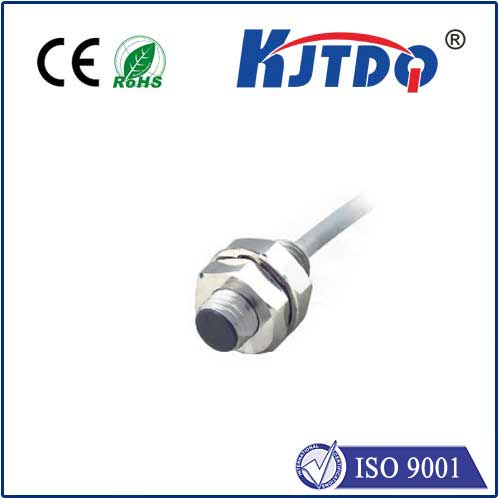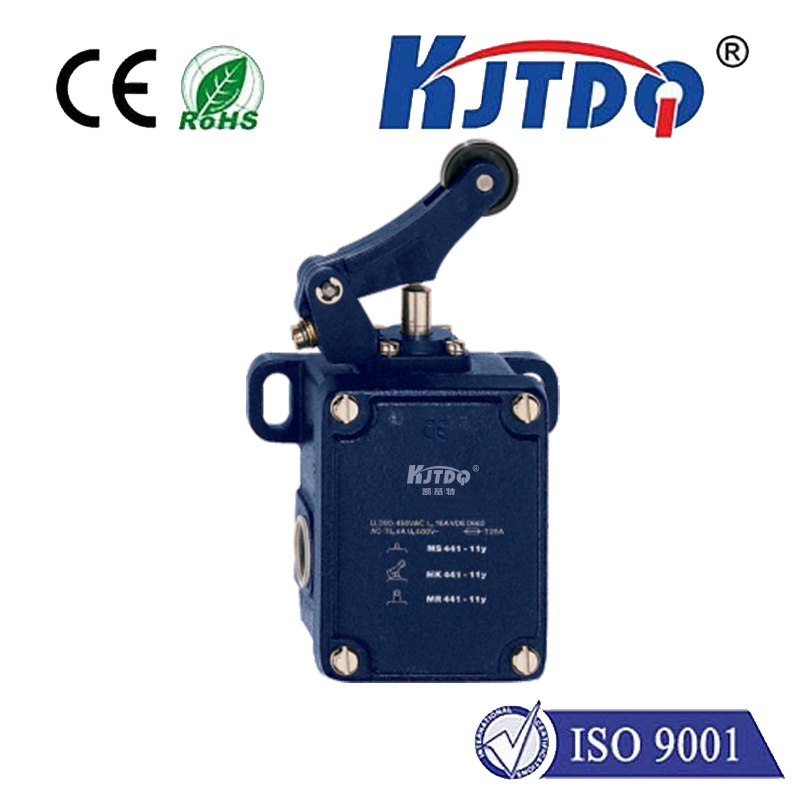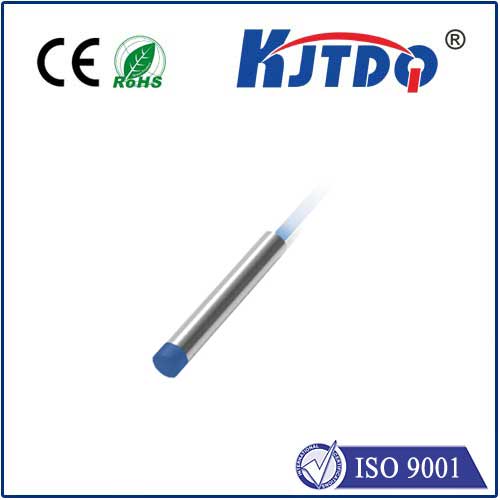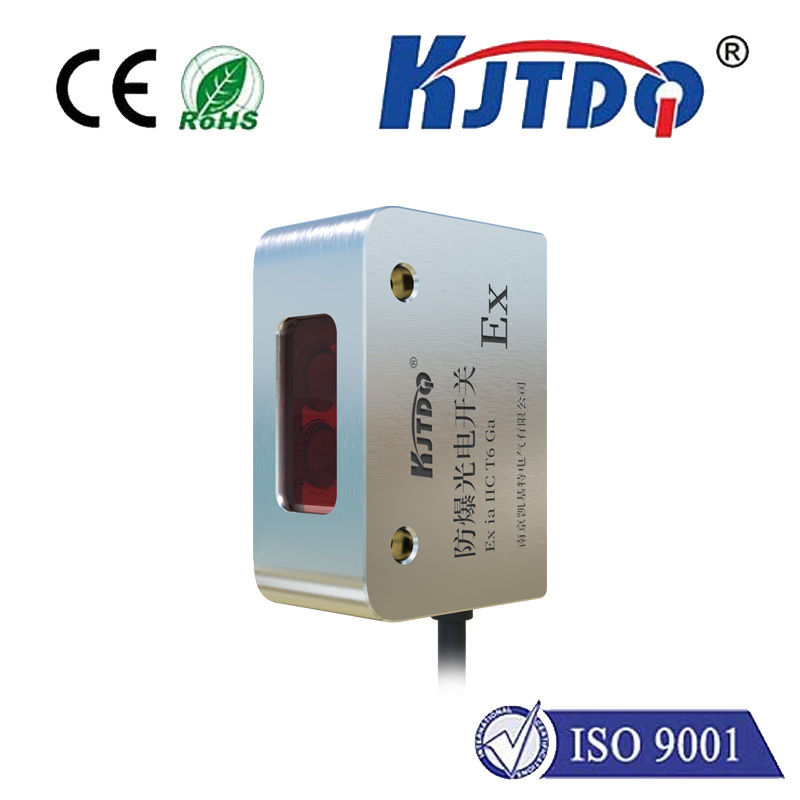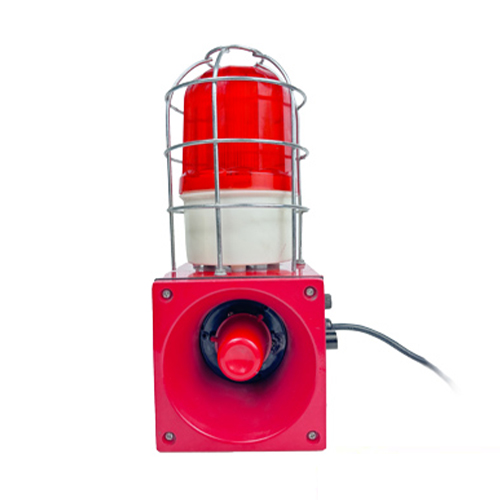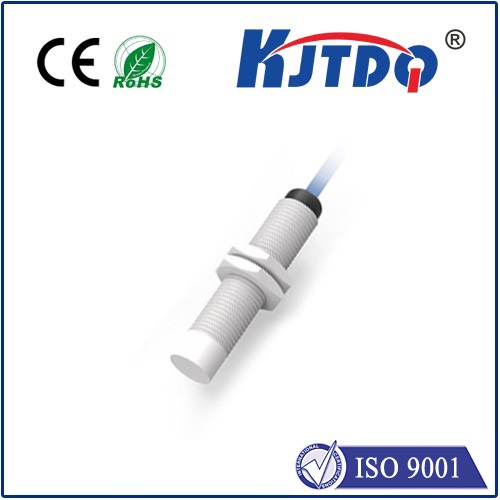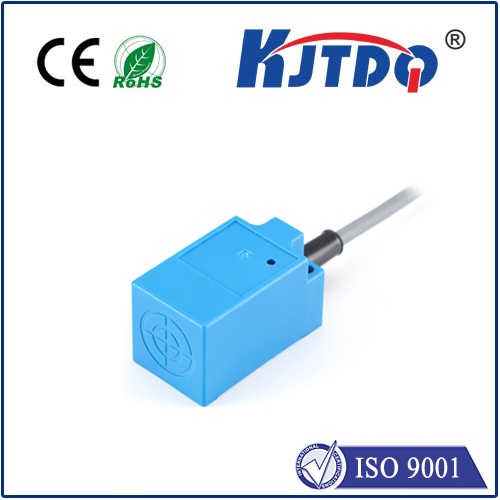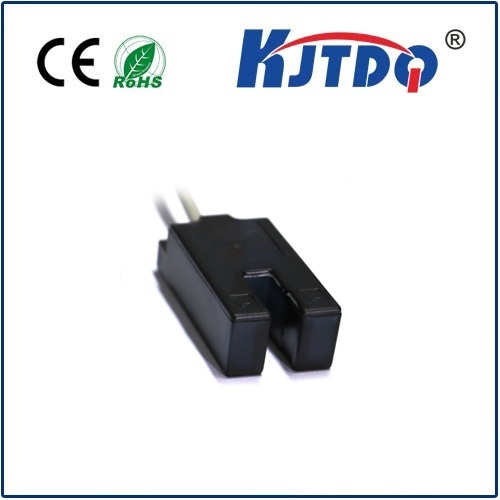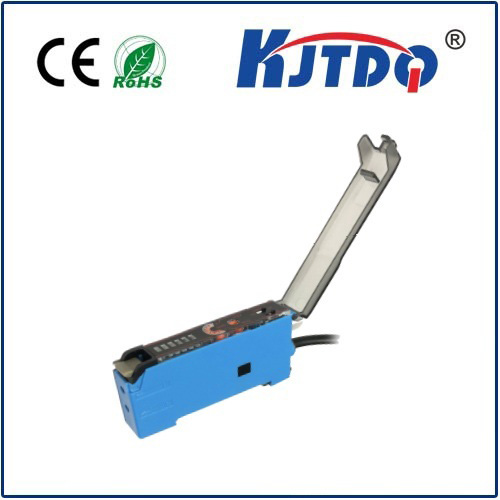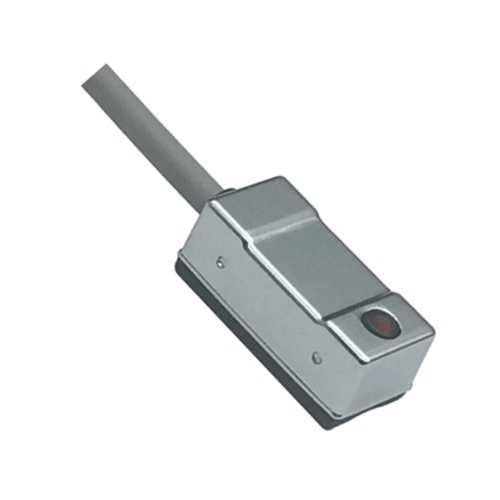omron npn proximity sensor
- time:2025-07-15 08:55:45
- Нажмите:0
Unlock Precision in Your Machinery: The Essential Guide to Omron NPN Proximity Sensors
Imagine a world where your production line grinds to a halt because a simple sensor failed to detect a passing part. Or envision equipment damaged due to misalignment that went unnoticed. In the intricate dance of modern industrial automation, reliable sensing isn’t just convenient—it’s fundamental. At the heart of countless reliable detection tasks lies a workhorse component: the Omron NPN proximity sensor. Known globally for their precision, durability, and innovation, Omron sensors are trusted benchmarks, and understanding the intricacies of their НС variants unlocks significant advantages for engineers and system integrators.
What Exactly is an Omron NPN Proximity Sensor?
Fundamentally, an Omron NPN proximity sensor is a non-contact electronic device designed to detect the presence or absence of metallic objects (typically ferrous metals like iron or steel, though some detect non-ferrous metals) without physical touch. Operating on the principle of electromagnetic induction, it generates an oscillating electromagnetic field from its sensing face. When a metal target enters this field, it induces eddy currents, causing a measurable change in the sensor’s oscillation. This change is processed internally by the sensor’s circuitry.
The critical designation “НС” refers to the type of output transistor used within the sensor. In an NPN sensor:
- It acts as a switching device, providing a digital ON/OFF signal.
- The output transistor connects the sensor’s output wire (usually black or brown) to the negative supply (0V) when active (target detected).
- It provides a sinking output. This means, to complete the circuit and activate the load (like a PLC input, relay, or indicator light), the load must be connected between the positive supply voltage and the sensor’s output wire.
NPN vs. PNP: Why the Distinction Matters
Understanding the crucial difference between NPN and PNP outputs is paramount for correct system wiring and functionality:
- NPN (Sinking Output): As described, the NPN sensor switches the negative (0V) line. The load receives constant positive voltage, and the sensor “sinks” the current to ground when active. This configuration is incredibly common in many parts of the world, particularly where PLC systems often expect sinking inputs.
- PNP (Sourcing Output): Conversely, the PNP sensor switches the positive voltage line. It sources current to the load, which is connected between the sensor output and 0V.
Confusing these two output types is a frequent wiring error. Omron clearly labels its sensors as NPN or PNP on the device body and datasheets. Choosing the correct type ensures compatibility with your control system’s input circuitry. The widespread global use of PLCs designed for sinking inputs makes NPN sensors a highly prevalent and essential choice.
The Omron Advantage: Precision, Reliability, and Robustness
So, why specify Omron NPN proximity sensors? Omron has built a stellar reputation over decades for delivering sensors that meet the rigorous demands of industrial environments:
- Unmatched Reliability & Longevity: Omron sensors are engineered for millions of operating cycles. Their robust construction, using high-grade materials and advanced manufacturing techniques, ensures consistent performance even under continuous operation, minimizing costly downtime.
- Exceptional Sensing Precision: Renowned for their accuracy and repeatability, Omron sensors detect targets with pinpoint precision. This is critical for applications like position verification, counting, and ensuring assembly accuracy.
- Rugged Environmental Resilience: Facing harsh realities? Omron sensors typically feature:
- Sealed, robust housings (often nickel-plated brass or stainless steel) resistant to physical damage, cutting fluids, coolants, oils, and chemical splashes.
- Excellent noise immunity against electromagnetic interference (EMI) common in industrial settings with motors and drives.
- Wide operating temperature ranges suitable for demanding environments.
- Simplified Installation & Adjustment: Many models incorporate LED indicators for visual status feedback (power and output state). Some feature innovative designs like Omron’s unique “Teach-in” capability on certain series, simplifying setup by automating sensitivity adjustments.
- Low Power Consumption: Designed for efficiency, NPN proximity sensors from Omron minimize energy draw, contributing to overall system efficiency. Their dependable switching output provides a clear, unambiguous signal.
Where Omron NPN Proximity Sensors Excel: Key Applications
The versatility of these sensors makes them indispensable across a vast spectrum of automated processes:
- Position Detection: Confirming parts are correctly located on fixtures, conveyors, or robotic arms – essential for preventing jams and ensuring proper operation sequence. Knowing a cylinder is fully retracted or extended is mission-critical.
- Object Counting: Accurately tallying passing products, components on a reel, or packages on a line for production tracking and inventory control.
- End-of-Travel Limit Sensing: Safely detecting the end positions of moving components like slides, lifts, or gates, preventing overtravel damage.
- Speed Monitoring: Detecting the presence of teeth on gears or markers on rotating shafts to calculate rotational speed.
- Presence/Absence Verification: Ensuring parts are loaded in fixtures, components are present before assembly, or products are correctly oriented on a conveyor. Missing part detection prevents downstream issues.
- Level Control: Detecting the presence (or absence) of metallic objects in bins or hoppers for basic level monitoring.
- Machine Safety: While not a primary safety device (typically requiring safety-rated components), they can contribute to non-safety-critical interlocks or monitoring sequences.
From automotive assembly lines and packaging machinery to material handling systems and industrial robotics, Omron NPN sensors provide a fundamental layer of machine intelligence.
Choosing the Right Omron NPN Proximity Sensor: Key Considerations
Selecting the optimal sensor involves matching specifications to your application’s demands:
- Sensing Distance: Consider the nominal sensing range needed. Remember, the effective operating distance can vary slightly based on the target material’s type, size, and shape. Omron offers a wide range of distances.
- Target Material: Primarily designed for ferrous metals (iron, steel). While they can detect non-ferrous metals like aluminum or brass, the sensing distance will be significantly reduced. Check datasheets for specifics.
- Housing Shape & Size: Omron provides diverse form factors: cylindrical (threaded barrels like M8, M12, M18, M30), rectangular block styles, and specialized designs. Choose based on available mounting space and environmental constraints. Compact M8 sensors are ideal for tight spaces.
- Output Configuration: Confirming NPN output type is crucial. Also, decide between Normally Open (NO - output ON when target present) or Normally Closed (NC - output OFF when target present). Most applications use NO. Ensure the switching current/voltage rating matches your load.
- Connection Type: Options include pre-wired cables (2m, 5m common), quick-disconnect (M8, M12 connectors for easy replacement), or terminal blocks.
- Environmental Rating: Look for the IP (Ingress Protection) rating (e.g., IP67, IP69K) indicating resistance to dust and water ingress. Consider temperature ranges and exposure to chemicals, welding sparks, or heavy vibration. Omron’s robust designs excel here.
**Integrating Your
